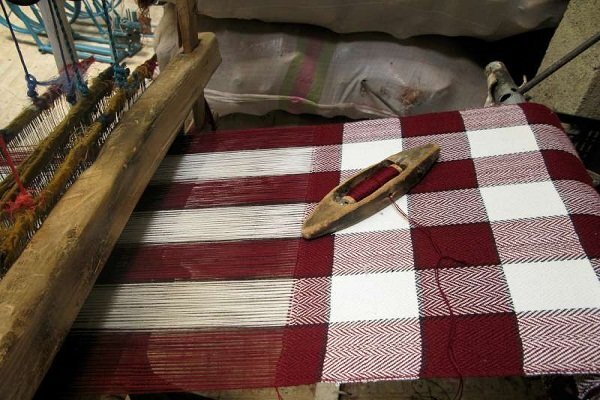Over 3,000 crafters trained in Lorestan in a year

TEHRAN – A total of 3,050 crafters were trained in the western province of Lorestan during the last Iranian calendar year (ended March 19), provincial tourism chief has said.
Hand-woven kilim, woodworks, wicker works, cutting precious and semi-precious stones, and metal works are parts of handicrafts fields taught in these courses, CHTN quoted Seyyed Amin Qasemi as saying on Sunday.
4,500 crafters were also trained by taking free courses on Mashteh-bafi, a kind of hand-woven textile, with the aim of promoting this local and nomadic art, he added.
For the time being, over 52 fields of handicrafts are practiced in almost 3500 workshops across the province, which generates 36,000 job opportunities, the official explained.
Lorestan is one of the lesser-known travel destinations in Iran and mainly acts as a gateway to the neighboring Khuzestan province which hosts UNESCO sites of Susa, Tchogha Zanbil, and Shushtar Historical Hydraulic System.
The province is also a region of raw beauty that an avid nature lover could spend weeks exploring, living with a nomad or rural family.
Lorestan was inhabited by Iranian Indo-European peoples, including the Medes, c. 1000 BC. Cimmerians and Scythians intermittently ruled the region from about 700 to 625 BC. The Luristan Bronzes noted for their eclectic array of Assyrian, Babylonian, and Iranian artistic motifs, date from this turbulent period.
Lorestan was incorporated into the growing Achaemenid Empire in about 540 BC and successively was part of the Seleucid, Parthian, and Sasanid dynasties.
Bisheh Waterfall, Snow Tunnel, Poldokhtar ponds, Falak-ol-Aflak Castle, Soltani Mosque of Borujerd, Shapouri Bridge, and Shirez Canyon are amongst tourist sites of the mountainous province.
ABU/MG
Leave a Comment